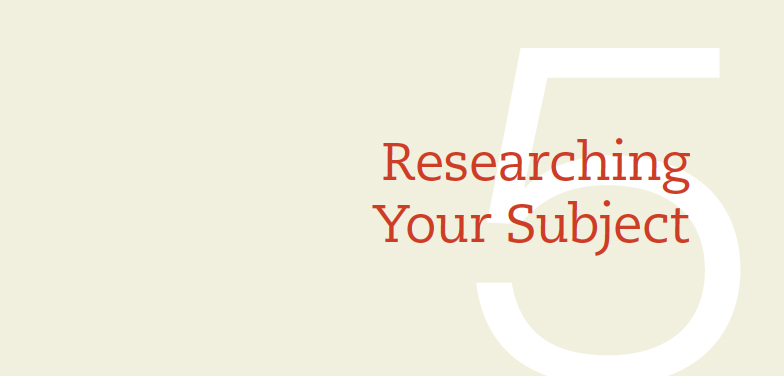Chapter Introduction

IN THE WORKPLACE, you will conduct research all the time. As a buyer for a clothing retailer, for example, you might need to conduct research to help you determine whether a new line of products would be successful in your store. As a civil engineer, you might need to perform research to determine whether to replace your company’s traditional surveying equipment with GPS-
In the workplace, you will conduct research using a variety of methods. You will consult websites, blogs, and discussion boards, and you might listen to podcasts or watch videos. Sometimes you will interview people, and you will likely distribute surveys electronically to acquire information from customers and suppliers. Regardless of which technique you use, your challenge will be to sort the relevant information from the irrelevant, and the accurate from the bogus.
This chapter focuses on conducting primary research and secondary research. Primary research involves discovering or creating technical information yourself. Secondary research involves finding information that other people have already discovered or created. This chapter presents secondary research first. Why? Because you will probably do secondary research first. To design the experiments or the field research that constitutes primary research, you need a thorough understanding of the information that already exists about your subject.
